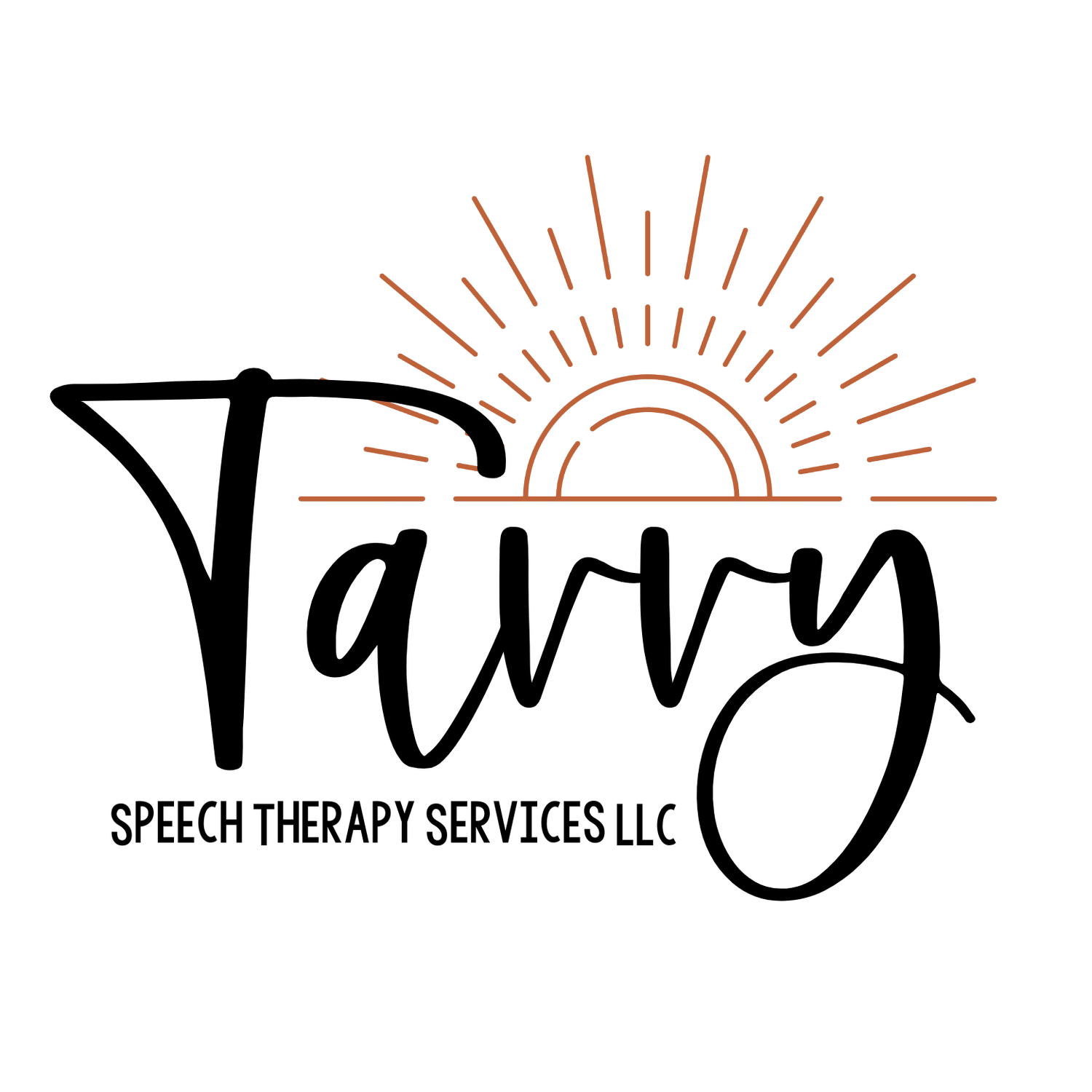Communication Milestones: 2 to 3 Years
Curious what communication milestones your little one should be reaching? While each child develops differently and at their own pace, be on the look out for these skills. If you have a concern regarding your child’s communication development, contact us today for a free screening and consultation in the home.
Use word combinations often but may occasionally repeat some words or phrases, like baby – baby – baby sit down or I want – I want juice.
Try to get your attention by saying, Look at me!
Say their name when asked.
Use some plural words like birds or toys.
Use –ing verbs like eating or running. Adds –ed to the end of words to talk about past actions, like looked or played.
Give reasons for things and events, like saying that they need a coat when it’s cold outside.
Ask why and how questions.
Answer questions like “What do you do when you are hungry?” or “Which one can you put on?”
Correctly produce p, b, m, h, w, d, and n in words.
Correctly produce most vowels in words.
Speech is becoming clearer but may not be understandable to unfamiliar listeners or to people who do not know your child.
How can I support my child?
To help your child understand, try using short words and sentences. Gestures and facial expressions are also helpful.
Try expanding on what your child says. If your child says, car go, you can say, “Yes, the car goes fast. The car is red. Look! The car stopped. Where is the car going?”
Let your child know that what they say is important to you. Ask them to repeat things that you do not understand. For example, say, “I know you want a ball. Tell me which ball you want.”
Teach your child new words. Reading books or talking about things you see is a great way to do this. Try describing how things look or feel. You can use words that describe color, shape, and size.
Play counting games. Count toes and fingers, steps, ducks in the pond. Anything you see!
Use new words in sentences to help your child learn the meaning. Use words that are similar, like “woman, lady, grown-up, and adult.”
Play with items by putting toys and household items into a container (bucket, laundry basket, empty tissue box, etc.) Let your child take them out one at a time. As your child removes an object, say its name. Repeat what they say and add to it. Expand this activity by grouping the objects into categories, like clothes, food, or animals.
Making a scrapbook can be a fun activity to do together! Cut out pictures from mail and magazines, and make a scrapbook. Help your child glue the pictures into the scrapbook. Name the pictures, and talk about how you use them.
Look at family photos, and name the people. Talk about what they are doing in the picture.
Expose your child to letters and writing by writing simple phrases under the pictures. For example, “I can swim,” or “Happy birthday to Daddy.” Your child will start to understand that the letters mean something.
Ask your child to make a choice instead of giving a yes or no answer. For example, rather than asking, “Do you want crackers?” ask, “Would you like crackers or apple sauce?” Be sure to wait for the answer and praise them for answering. You can say, “Thank you for telling me what you want. I will get you apple sauce.”
Sing songs, play finger games, and tell nursery rhymes. These songs and games teach your child about the rhythm and sounds of language.
Talk to your child in the languages you are most comfortable using. You will not confuse your child or stop them from learning English later.
Source: ASHA Communication Milestones 2023


